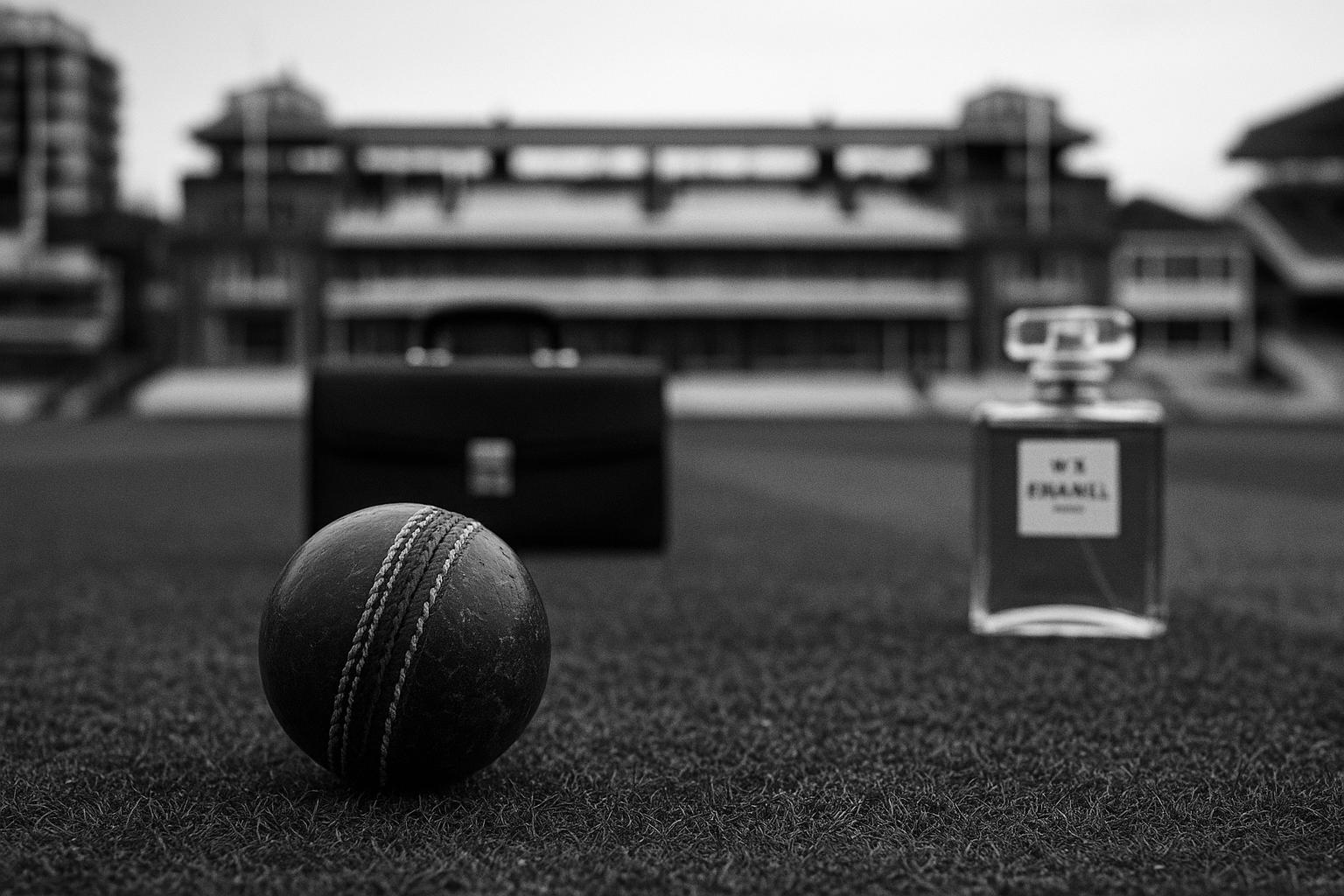Chanel chief executive Leena Nair has become the latest high-profile addition to the Silicon Valley‑led investor group that now owns an effective 49 per cent of London Spirit, the men’s and women’s Hundred franchise based at Lord’s. According to reporting in City A.M., Nair — who reached out to consortium leader Nikesh Arora of Palo Alto Networks — was at Lord’s last week to watch the Spirit’s opening match after being invited into the expanding ownership group.
Nair’s appointment adds a distinct corporate and global-brand credential to the consortium. The British‑Indian executive, born in Kolhapur, was appointed Chanel’s first female chief executive three years ago after a two‑decade career at Unilever where she rose to head of human resources. City A.M. notes she is the first British woman to take a stake in one of the Hundred franchises, a symbolic milestone for the competition as it courts new audiences and corporate partners.
The Tech Titans consortium itself has grown rapidly since its successful bid for London Spirit in January. City A.M. reported the group’s winning offer at £151 million, while other outlets placed the figure slightly lower — a discrepancy that underlines how different reporting outlets have used distinct valuations or rounding in the aftermath of the auction. The consortium is led by Nikesh Arora and, according to reporting in The Guardian and City A.M., includes senior technology executives from firms such as Google, Adobe and YouTube, with recent additions rumoured to include Swiss luxury executive Johann Rupert. An initial core of around 15 investors has expanded to roughly 25 over the summer as executives and high‑net‑worth individuals sought entry to the group.
The investors’ public pitch stresses ambitious commercial goals. The Guardian reports the consortium sees The Hundred as potentially scalable into a multibillion‑pound global product — explicitly invoking the Indian Premier League as a commercial template — and has signalled a focus on digital innovation, product development and new revenue streams. City A.M. has also flagged early commercial activity around the franchise, including a kit partnership with Nike; the consortium says such deals are part of a broader plan to professionalise the proposition and improve remuneration for players, though details and timelines remain at a formative stage.
Investor enthusiasm has been palpable and, at times, breathless. City A.M. quoted Satyan Gajwani, vice‑chairman of Times Internet, saying “not even the World Economic Forum could bring such a group together,” a remark that encapsulates how unusual and concentrated the ownership register has become. Yet this concentration also raises questions about governance, the balance between commercial imperatives and cricketing priorities, and how a broadly dispersed investor base will make strategic decisions over time.
The London Spirit story comes against a backdrop of escalating value in sports rights and broadcast deals. Sky Sports has confirmed it will show at least 215 live Premier League matches per season from 2025/26 under its new four‑year rights package, a substantial increase in live football available to subscribers and a reminder of the commercial premium broadcasters now place on live sport. That shifting market dynamics — with broadcasters, global tech platforms and streaming services all competing for rights — helps explain why non‑traditional sports investors, including leaders from technology and luxury sectors, are looking at cricket as an attractive asset.
Those same market pressures are reshaping other corners of British sport. The BBC has struck a deal with promoter Boxxer to bring professional boxing back to free‑to‑air Saturday night television, with undercard fights and behind‑the‑scenes content planned for iPlayer and other BBC digital platforms; industry reporting highlights the deal as an attempt to widen boxing’s reach and provide national exposure for rising domestic talent. Observers say the shift illustrates how public broadcasters and new promoters are experimenting with lower‑cost rights and greater digital integration to reach younger audiences.
Not all cricket stakeholders are feeling the upside. Middlesex County Cricket Club remains locked in a difficult relationship with the Marylebone Cricket Club over tenancy at Lord’s. City A.M. reported that Middlesex pay rent to the MCC and that the MCC retains gate and hospitality receipts; Sky News has since reported the club is conducting a strategic review of its mutual ownership model, engaging advisers and exploring alternatives to secure financial sustainability. While there are no signs of an imminent departure from Lord’s, the dispute highlights how the commercial logic that attracts global investors to franchises can sit uneasily against long‑standing local arrangements and venue economics.
The arrival of Leena Nair and other corporate heavyweights into the Hundred’s ownership class underlines how English domestic cricket is becoming a magnet for global capital and brand‑level expertise. That influx brings potential benefits — fresh commercial partnerships, bigger broadcast and sponsorship deals, and higher pay for players — but also harder questions about control, cultural fit and the long‑term stewardship of the game. For now, the narrative remains one of rapid change: a tech‑heavy investor group with global ambitions, high‑profile signings at board level, early commercial tie‑ups and a sports landscape reconfigured by new broadcast economics. What will determine success is whether the consortium can translate boardroom clout into sustainable value for fans, players and the broader cricketing ecosystem.
📌 Reference Map:
Reference Map:
- Paragraph 1 – [1], [2], [3]
- Paragraph 2 – [1], [2]
- Paragraph 3 – [1], [3]
- Paragraph 4 – [3], [1]
- Paragraph 5 – [1], [2], [3]
- Paragraph 6 – [4], [1]
- Paragraph 7 – [5], [6]
- Paragraph 8 – [1], [7]
- Paragraph 9 – [1], [3], [4]
Source: Noah Wire Services
